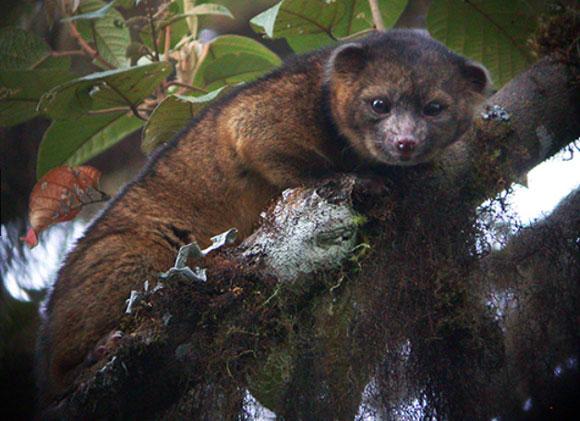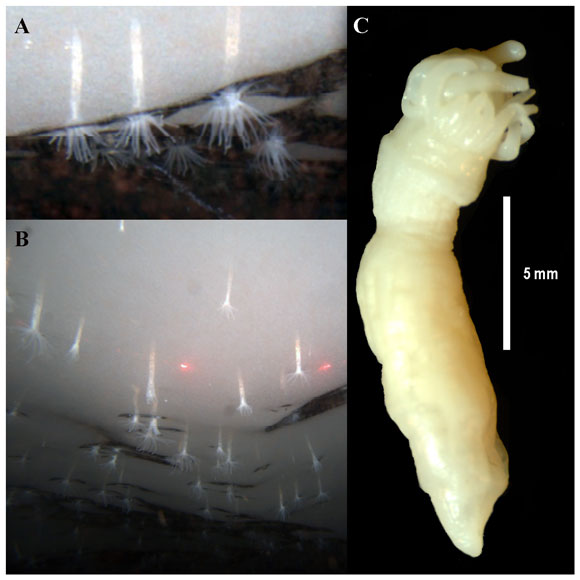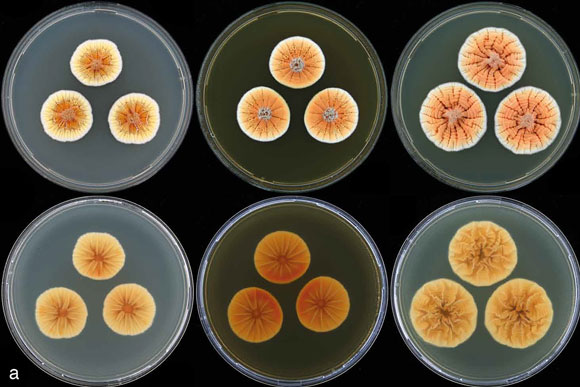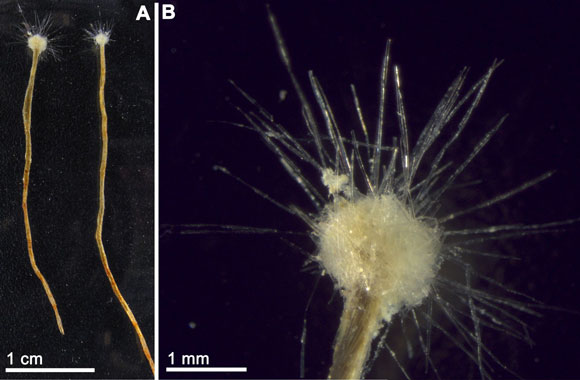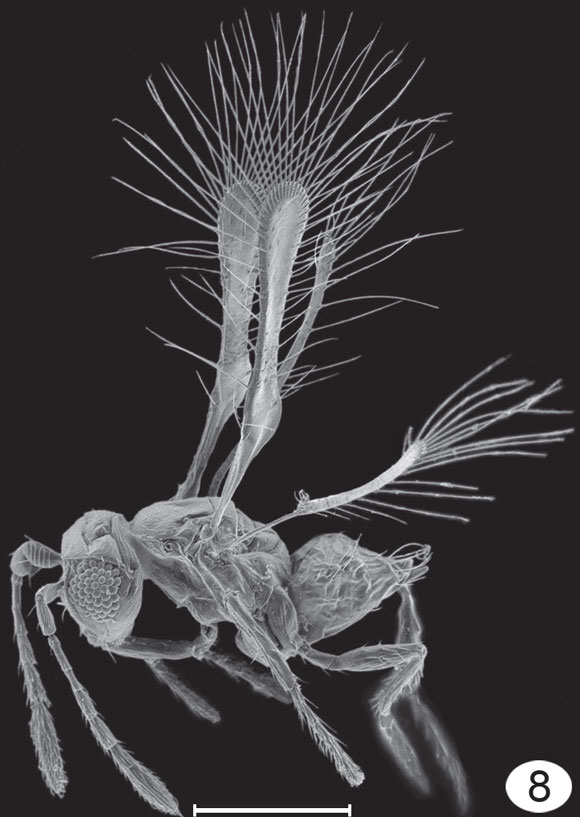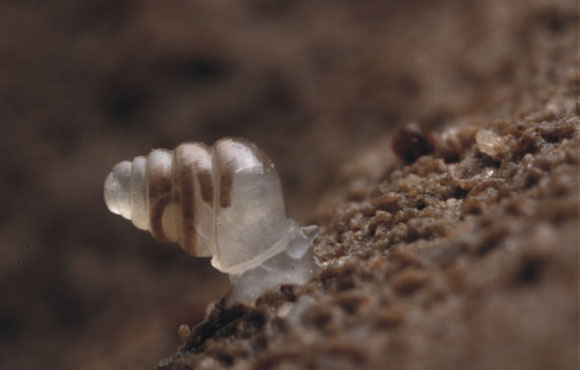Book 3 in the Nick and Tesla series offers great gadget-oriented science and engineering fun from the twins as they stay with their eccentric scientist uncle for the summer. This installment in the series is full of "spies like us" intrigue kids will love!
Science Twins Bring STEM to Life
Nick and Tesla is a wonderful and engaging STEM-based series for middle readers (and their parents!). The team of Science Bob and Hockensmith have kept the energy level high for the twins, and each new book contains an exciting new story of intrigue—and the kid-based science that can help solve it.
See our reviews of Book 1 and Book 2.
In Nick and Tesla's High-Voltage Danger Lab: A Mystery with Electromagnets, Burglar Alarms, and Other Gadgets You Can Build Yourself ,
After receiving an aborted phone message from their mother that warns them that they are not safe (and really throws the soybean story out the window), the kids' paranoia grows faster than bacteria in a Petri dish. When the message is erased before they can let their uncle hear it, their fear spikes as they realize danger must be even closer than they suspected. As far as the kids are concerned, anyone and everyone could be the spy, from the cranky neighbor with the garden gnome to the nice one that gets hit in the face with a glider that flies better and farther than they expect when they test it out. Everyone.
With their fear kicked into overdrive, the twins start looking suspiciously at everyone they see. Filtered through their 11-year old imaginations, it is easy to see that Oli, wearing a trenchcoat and a fedora and looking for the jelly, might not really be a scientist apprentice for Uncle Newt like he says he is. Same for the cleaning crew ladies. And the bug exterminator. Or maybe the spy is Hiroko, Uncle Newt's scientist friend from book 2.
When Tesla's pendant, something she and Nick both wear and that they suspect serves as some form of protective tracking device, goes missing, the kids are convinced they are in imminent danger. They set out to try and uncover the spy by rigging a series of small science experiments and traps, including the Fingerprint-finder Powder and Evildoer Identification System, EGBQD OAAX Code Wheels (a simple encoding device made from foam cups), a Rube Goldberg-like spy cam, and a Booby-Trap Balloon Drop.
The fingerprint finder is a cool activity for budding forensics detectives and uses everyday materials (like a nail file, tape, and a pencil). After gathering fingerprints from the scene of the pendant crime, the twins get creative to collect fingerprints from the other people in the house for comparison. When their detective work goes unexpectedly awry, they attempt to set a trap to reveal the spy by laying some bait and rigging Tesla's room with a Ring-a-ding-ding Spy Exposure System alarm system made with a bicycle bell that they hook to a simple circuit and motor. Check out the diagram for the activity. It looks a lot like a mouse trap hooked to an alarm! Their next spy-trapping invention is a Spy-busting Invisicam that uses a disposable camera.
As the story unfolds, the kids hone in on who they think is out of place. With their Uncle's help, they set up a stakeout and the story spirals to its surprising conclusion.
The projects in book 3 feel less hard-core science and more spies-like-us mentality than in the first two books, but these are easy-to-rig gadgets kids will be eager to try. As in the previous books, directions for these science and engineering projects are included so that readers can try them out. All in all, book 3 is a great addition to the Nick and Tesla series, and with new information revealed at the end about their parents and space-based solar power, the groundwork is in place for more mysteries—and plenty more engineering and science innovation.
Books 4 (Nick and Tesla's Secret Agent Gadget Battle) and 5 (Nick and Tesla's Super-Cyborg Gadget Glove: A Mystery with a Blinking, Beeping, Voice-Recording Gadget Glove You Can Build Yourself)
are already available, and we are looking forward to checking them out!
from Science Buddies Blog http://www.sciencebuddies.org/blog/2014/12/nick-and-tesla-innovate-great-gadgets.php
Book 3 in the Nick and Tesla series offers great gadget-oriented science and engineering fun from the twins as they stay with their eccentric scientist uncle for the summer. This installment in the series is full of "spies like us" intrigue kids will love!
Science Twins Bring STEM to Life
Nick and Tesla is a wonderful and engaging STEM-based series for middle readers (and their parents!). The team of Science Bob and Hockensmith have kept the energy level high for the twins, and each new book contains an exciting new story of intrigue—and the kid-based science that can help solve it.
See our reviews of Book 1 and Book 2.
In Nick and Tesla's High-Voltage Danger Lab: A Mystery with Electromagnets, Burglar Alarms, and Other Gadgets You Can Build Yourself ,
After receiving an aborted phone message from their mother that warns them that they are not safe (and really throws the soybean story out the window), the kids' paranoia grows faster than bacteria in a Petri dish. When the message is erased before they can let their uncle hear it, their fear spikes as they realize danger must be even closer than they suspected. As far as the kids are concerned, anyone and everyone could be the spy, from the cranky neighbor with the garden gnome to the nice one that gets hit in the face with a glider that flies better and farther than they expect when they test it out. Everyone.
With their fear kicked into overdrive, the twins start looking suspiciously at everyone they see. Filtered through their 11-year old imaginations, it is easy to see that Oli, wearing a trenchcoat and a fedora and looking for the jelly, might not really be a scientist apprentice for Uncle Newt like he says he is. Same for the cleaning crew ladies. And the bug exterminator. Or maybe the spy is Hiroko, Uncle Newt's scientist friend from book 2.
When Tesla's pendant, something she and Nick both wear and that they suspect serves as some form of protective tracking device, goes missing, the kids are convinced they are in imminent danger. They set out to try and uncover the spy by rigging a series of small science experiments and traps, including the Fingerprint-finder Powder and Evildoer Identification System, EGBQD OAAX Code Wheels (a simple encoding device made from foam cups), a Rube Goldberg-like spy cam, and a Booby-Trap Balloon Drop.
The fingerprint finder is a cool activity for budding forensics detectives and uses everyday materials (like a nail file, tape, and a pencil). After gathering fingerprints from the scene of the pendant crime, the twins get creative to collect fingerprints from the other people in the house for comparison. When their detective work goes unexpectedly awry, they attempt to set a trap to reveal the spy by laying some bait and rigging Tesla's room with a Ring-a-ding-ding Spy Exposure System alarm system made with a bicycle bell that they hook to a simple circuit and motor. Check out the diagram for the activity. It looks a lot like a mouse trap hooked to an alarm! Their next spy-trapping invention is a Spy-busting Invisicam that uses a disposable camera.
As the story unfolds, the kids hone in on who they think is out of place. With their Uncle's help, they set up a stakeout and the story spirals to its surprising conclusion.
The projects in book 3 feel less hard-core science and more spies-like-us mentality than in the first two books, but these are easy-to-rig gadgets kids will be eager to try. As in the previous books, directions for these science and engineering projects are included so that readers can try them out. All in all, book 3 is a great addition to the Nick and Tesla series, and with new information revealed at the end about their parents and space-based solar power, the groundwork is in place for more mysteries—and plenty more engineering and science innovation.
Books 4 (Nick and Tesla's Secret Agent Gadget Battle) and 5 (Nick and Tesla's Super-Cyborg Gadget Glove: A Mystery with a Blinking, Beeping, Voice-Recording Gadget Glove You Can Build Yourself)
are already available, and we are looking forward to checking them out!
from Science Buddies Blog http://www.sciencebuddies.org/blog/2014/12/nick-and-tesla-innovate-great-gadgets.php






